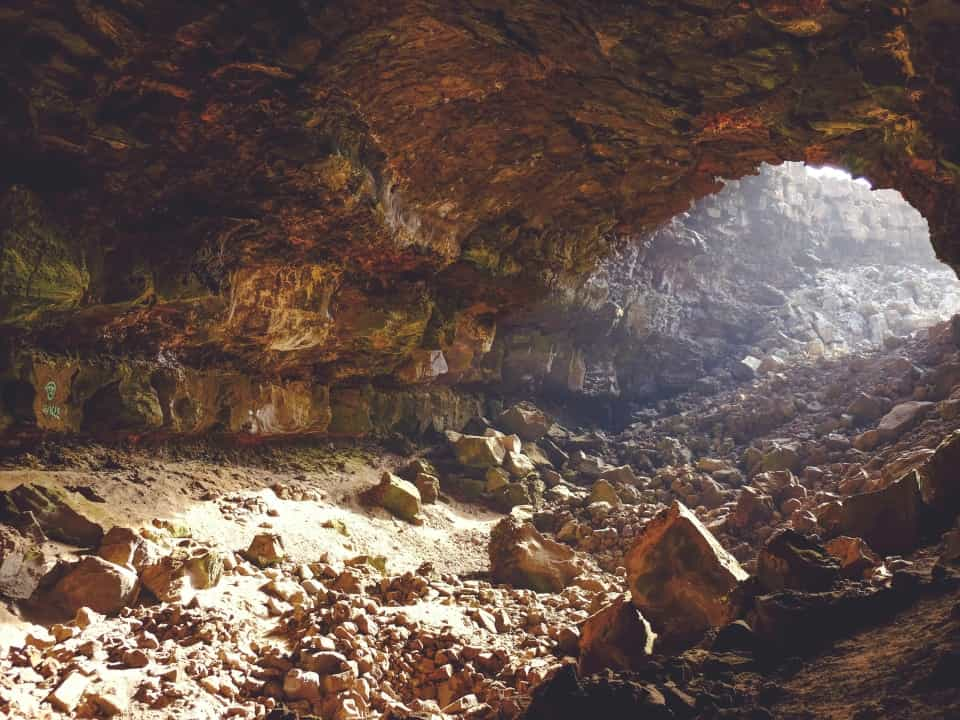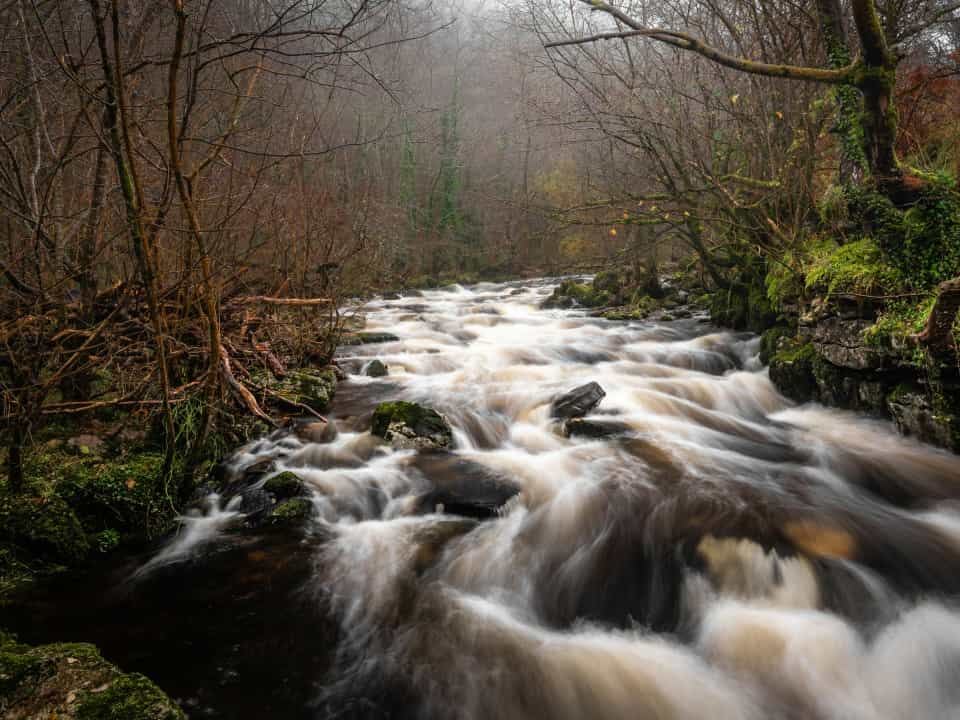Brecon Beacons Caves
The Brecon Beacons is famed for its mountains, waterfalls and forests – but have you ever wondered what lies beneath the surface? Thanks to a unique geology that stretches back almost 500 million years, the Brecon Beacons is home to a rich network of caves, caverns, quarries and mines. Most of the region’s breathtaking underground spaces were formed by water – its constant flow down the national park’s old red sandstone hills created the cave system we see today, leading to the formation of underground rivers and pools that ebbed away at porous limestone.
This page covers the best caves in the Brecon Beacons that are open to the public, plus lesser-known attractions like old mines and quarries. We’ll also introduce you to the area’s caving – a demanding activity that requires specialist knowledge and equipment – plus safety tips and resources to find out more about the national park’s geology.
Exploring Caves
Dan yr Ogof
Dan yr Ogof is part of the National Showcaves Centre for Wales, a popular and family-friendly tourist attraction, and is one of the most extensive cave systems in the UK. Discovered by two brothers in 1912, the cave extends for a total of 17 kilometres (11 miles) under the Fforest Fawr UNESCO Geopark.
Only part of the cave is open to visitors (the rest being accessible only to cavers with permission) but the self-guided tour is well worth it – stalactites, stalagmites, vast rock chambers and underground waterfalls can all be explored in around an hour, and well-behaved dogs are allowed to come along too. The cave doesn’t allow pushchairs, and sturdy shoes and warm clothes are a must, but other than that this is an attraction that most will be able to access and enjoy without much difficulty. Admission also gives visitors access to a dinosaur-themed attraction, a Shire horse park and a Victorian farm, making the showcaves a great family-friendly day out.
Ogof Ffynnon Ddu
The caves here lie beneath Ogof Ffynnon Ddu National Nature Reserve, a vast moorland located on the other side of the valley to Dan yr Ogof. The nature reserve is a haven for wildlife both above and below ground – as well as skylarks up above, this place is home to crustaceans, some of which can only live underground, as well as species like moths and bats which live both in the caves and on the moors.
Unlike Dan yr Ogof, the caves at Ogof Ffynnon Ddu aren’t open to the public and are only accessible to cavers with prior permission. The site is looked after by the South Wales Caving Club on behalf of National Resources Wales, who allow visits by groups of experienced cavers and/or under the supervision of a qualified instructor.
Pwll Du Adventure Centre
One of the simplest ways to experience caving the Brecon Beacons is to head to Pwll Du, a popular adventure centre near Blaenavon. Those looking to explore caves that would otherwise be inaccessible can sign up to guided caving sessions with their qualified instructors. Most sessions take place at Ogof y Daren Cilau, a vast cave system in the limestone escarpment of the nearby Mynydd Llangatwg mountain.

Discovering Mines and Quarries
Not all of South Wales' underground spaces are natural, of course – the area also has a wide range of historic mines and quarries.
Big Pit National Coal Museum
The Big Pit National Coal Museum is located just south of the Brecon Beacons National Park national park in Blaenavon. A working mine for 100 years, this historic visitor attraction offers guided underground tours, some of which are run by ex-miners who worked here until the pit closed in the 1980s. After hearing the rumbling of the mine carts and making your way around the dimly lit coalface, you'll get a real sense of what it was like to work in this challenging environment.
Morlais Quarry
Not all of the Brecon Beacons’ industrial heritage is underground. Morlais Quarry is located near Merthyr Tydfil on the southern edge of the national park and is a very popular open-air climbing venue. These large limestone crags have a range of different sport climbing routes, plus various bouldering opportunities on the lower tier. Many group trips to Morlais Quarry and other nearby ex-industrial sites are available, for example with Black Mountain Adventure.
Find out more about climbing opportunities in the local area with our Brecon Beacons climbing guide.
Preparation and safety

How to get involved
If you’re a student, your university might have a club that organises expeditions to Brecon Beacons caves like Ogof Ffynnon Ddu.
Members of the general public will find a long list of caving clubs, groups and instructors on the New to Caving website.
Local activity centres may also be able to help, including Black Mountain Adventure Centre and Llangorse Multi-Activity Centre. A list of private guides is also available on the Brecon Beacons’ official website.
What to bring
Basic safety equipment needed for caving includes a helmet, a headtorch, a backup source of light and/or spare batteries, a first aid kit, water and snacks, sturdy footwear and warm, synthetic and durable clothing. Knee and elbow pads, ropes and ladders will also be required in some situations. Check with your guide or activity centre beforehand, as some or all of this equipment may be provided.
Safety
The Brecon Beacons’ caves are among the most extensive and most explored in the UK. Because of this, caving here, when done correctly (i.e. as part of an experienced group or with the help of a professional instructor) need not be dangerous. However, as there are significant risks involved, the following precautions should be taken:
-
Check the forecast before heading out (especially if there are water sources in the caves you plan on exploring).
-
Never go alone, and make sure there is someone on the surface who knows exactly where you are and is able to call for help.
-
If you have an accident or injury, make this known to the other cavers at once. Things can quickly escalate underground and it’s hard to assess your physical state in an enclosed environment.
-
Know how to call cave rescue (call 999, ask for the police, then ask for cave rescue).
Conservation and respect
Respecting the environment and people who live in it are fundamental to good caving. Make sure that you are courteous with landowners, other cavers and any other outdoors enthusiasts you come across (such as climbers, walkers and gorge walkers).
Make sure not to urinate in or around caves or into water sources. Pack a bag for taking litter away with you. You can learn more about minimal impact caving and cave conservation on the British Caving Association website.

